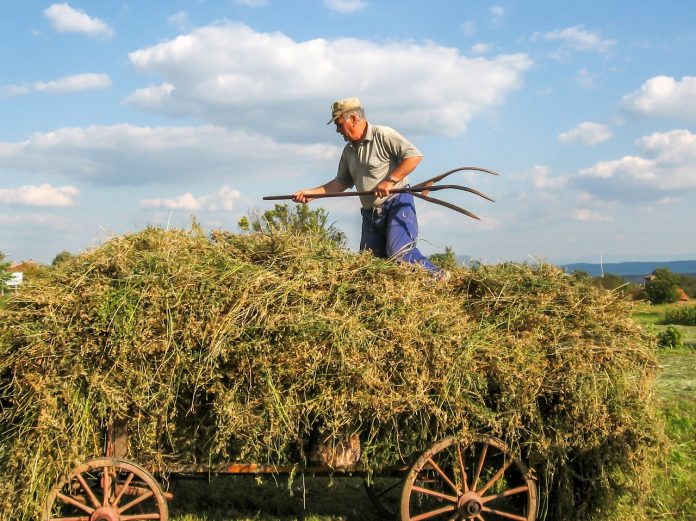According to numbers compiled and published by Agri-Pulse, the Washington, D.C.-based ag news service, the top bosses at ag-centered commodity groups and federally-chartered checkoff agencies had far better recent years than the farmers and ranchers they claim to serve.
For example, Agri-Pulse’s annual compensation report published last September noted that Steve Censky, chief executive officer of the American Soybean Association, received $341,663 in total compensation in 2015. If that sounds like a lot of dough for a commodity organization to shell out for a hired hand, it’s peanuts compared to other soybean group CEOs.
Jim Sutter, the chief of the U.S. Soybean Export Council, took home $435,944 in total compensation in 2014, the latest available numbers. John Becherer, the CEO of the United Soybean Board, the operational arm of the mandatory, non-refundable soybean checkoff, did even better; he earned $464,208 in 2015.
The bean bosses, however, were pikers compared to the livestock boys. For instance, in 2014, Tom Gallagher, CEO of Dairy Management, the operating structure over most of the dairy checkoff, was paid $618,910 in salary alone.
Salaries
By contrast, Polly Ruhland, boss at the beef checkoff’s Cattlemen’s Beef Promotion and Research Board, earned a skinny $287,500 in 2015. Meanwhile, the former boss of the almost totally checkoff-dependent National Cattlemen’s Beef Association (NCBA), Forrest Roberts, took home nearly twice as much as Ruhland, $548,993, in total compensation in 2014, the year before he rode off into a comfortable sunset.
Also, Phil Seng, the longtime president and CEO of the U.S. Meat Export Federation, which receives hefty funding from several livestock checkoffs, earned $461,630 in total pay that same year. By contrast, Wayne Pacelle, the top dog at Humane Society of the U.S. that most livestock groups love to kick, earned but $425,283 in 2015.
The pork checkoff’s National Pork Board paid Bill Even, its new CEO, $400,000 in total 2016 compensation last year even though, as Agri-Pulse reported, he worked but a “partial year.”
And, two years ago — again, the latest data available — Neil Dierks, CEO of the National Pork Producers Council (NPPC), received $304,384 in total compensation.
Similar story
If all these commodity and checkoff organizations, titles, and salaries appear the same, it’s only because these groups’ structure, pay, and locations have grown to be oddly similar.
For example, it could be just an interesting coincidence that the National Pork Board (the checkoff) and pork’s most powerful lobbying group, the NPPC, are located just two miles — or six minutes by car — apart on the western edge of Des Moines. It could be coincidence, right?
Then again, when you Google “NPPC,” you discover that the group is “Based in Washington, D.C.,” not Iowa. Reinforcing that confusion, NPPC’s Facebook and Twitter profiles list Washington, D.C. as its headquarters, not metro Des Moines.
The pork boys aren’t the only neighborly ag groups in America. The United Soybean Board (the checkoff) is located just one floor from one of its key contractors, the U.S. Soybean Export Council, in the same suburban St. Louis, MO office building.
The cowboys are only slightly different. The beef checkoff’s office, in Centennial, Colorado is separated from its largest contractor, the NCBA, by one street.
Google maps estimates the walk between the two groups’ offices at a barnyard-ambling three minutes or 175 yards — and that’s if you take the long way, the sidewalks, and not the backyard-to-backyard lawn.
Declining salaries
At one time, coincidences like these mattered. Now, however, today’s cross-pollination of mandatory commodity checkoffs, with voluntary commodity groups, often works more to promote each others’ livelihood and six-figure staff salaries than your livelihood and declining salaries.
The proof is in the numbers. As “CEO compensation continues to climb upward,” noted the headline on the Agri-Pulse compensation report, U.S. net farm income continued to tumble — from $124 billion in 2013 to a forecasted $62 billion in 2017. That’s a 50 percent crash; just to put a number on it.














